
On 2 November, 2022 Taiwan ESD and Reliability Conference was held at the National Yang Ming Chiao Tung University. Vincent Hung, Assistant Technical Manager, Dynamic Test Section of DEKRA iST, was invited to share his rich experience in the reliability validation of automotive electronic modules in the intelligent V2X. Vincent pointed out a major lesson in the current electric vehicle industry. The performance and quality of automotive electronics are the key competitiveness for car manufacturers. On top of novel techniques and equipment, the level of autonomous driving is also put in the spotlight. More comprehensive and safer driverless technology is one of the critical technologies for electric vehicles. The Society of Automotive Engineers (SAE) defines 6 levels of driving automation ranging from 0 to 5 and clearly specifies the performance achieved at each level. Most electric vehicles on the road today are level 2, where they are equipped with driver assistance systems, but still require human override. Level 3 to 5 vehicles are monitored by the system. Even in case of level 4 and above, pedals and steering wheels will not be necessary. For autonomous driving of level 3 and above, fault for a car accident resides with the car manufacturer. According to the Department of Motion Vehicle (DMV) of the United States, 1180 self-driving cars from 28 companies tested in California went more than 4.1 million miles (about 6.6 million kilometers), which is about twice that of 2020, and they will continue to expand road testing.
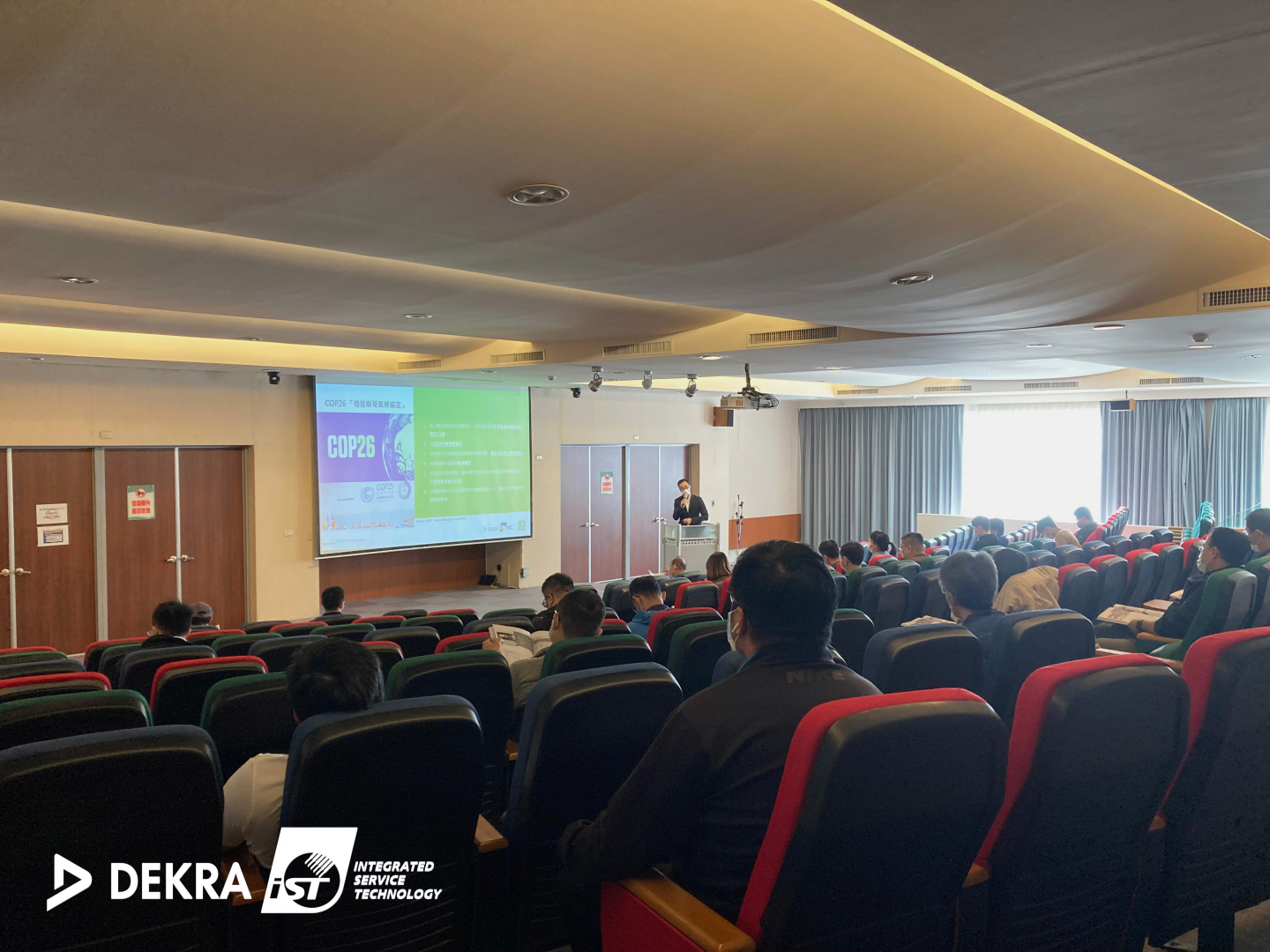
Consumer electronics generally experience high replacement rate, with a life cycle of 3-5 years. By contrast, the automotive industry tends to not apply the latest technology to the best-selling cars, but introduce the most mature, reliable and best-quality technologies and products. Vincent further added that to develop a product and feature, a car manufacturer will determine system functions, sub system functions, electronic control units (ECU) to employ, and semiconductor components to use in sequence. The process goes from left to right and top-down, while validation happens bottom-up. That is, assuring quality from the very beginning is the only way to make highly reliable products, as "unstable foundation leads to collapse." Without observing the V-curve, it is difficult to ascertain the causes of failure being product, process, or design defects. Please refer to SAE J1211 and ISO 26262 that both emphasize the V curve of requirements specification and validation results for guidelines of automotive electronics validation, as shown in Figure 1.
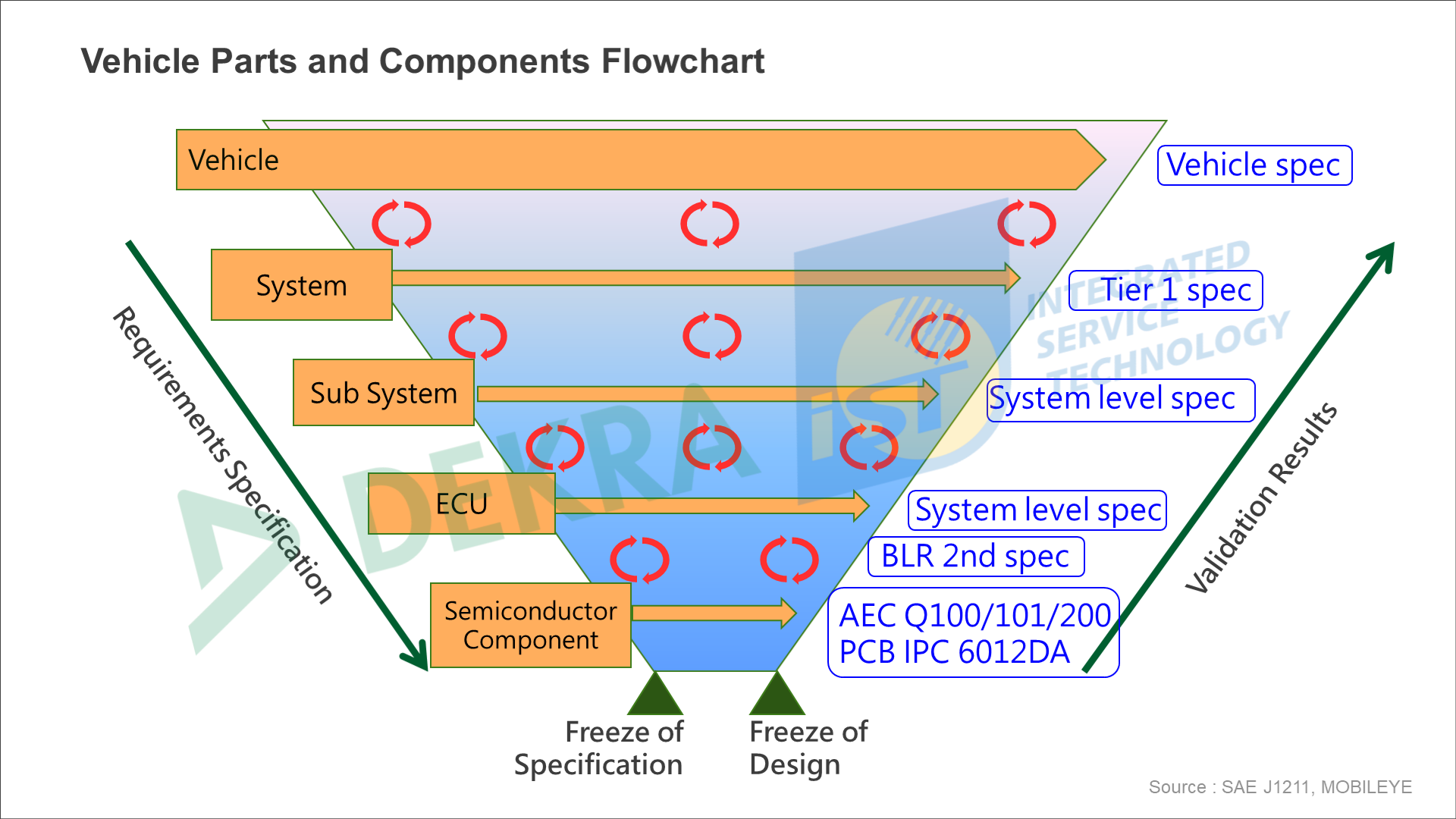
Figure 1: Vehicle Parts and Components Flowchart (Reference: SAE J1211, MOBILEYE)
Reliability tests for automotive electronics include electrical property, vibration, shock, high/low temperature, humidity, UV light, water proof, dust proof, chemical, lifecycle, noises, and so on. With DEKRA iST lab’s practical experiences, they are the place to opt for in terms of all-round, professional testing techniques and services for electronic products, as shown in Figure 2.
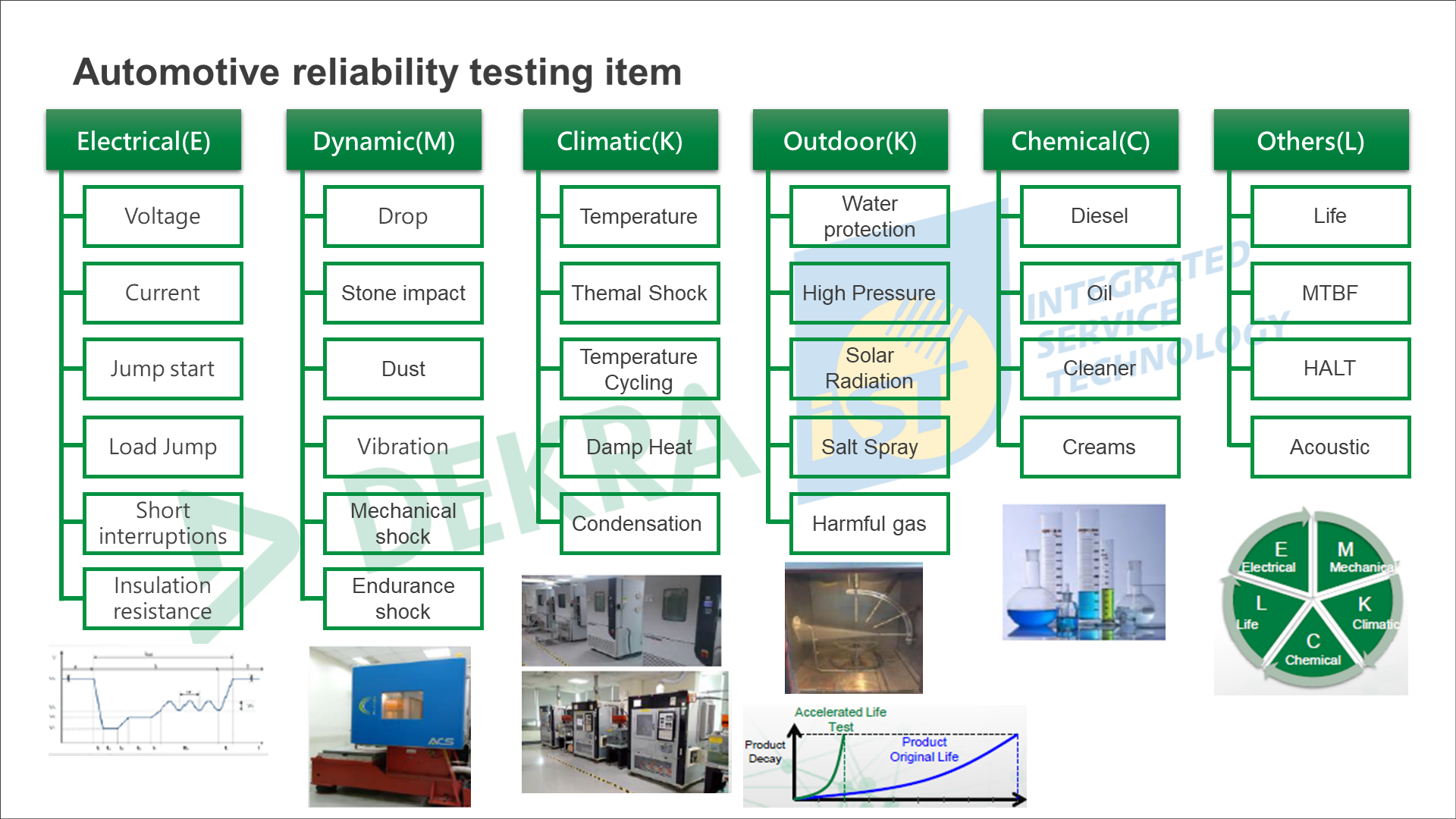
Figure 2: Automotive reliability testing item (Reference: DEKRA iST)
Vincent’s final take of the speech is the five pillars for the validation of automotive electronic products:
1. Be aware of the sequence of reliability tests.
2. Fully execute each stage of the V curve from design to validation to better identify the causes of failure in the future.
3. Extend from Test to Pass to Test for Mission (ALT) or Test to Fail (HALT).
4. Regularly check and review the product quality upon mass production and delivery (ESS/HASA). Reduce process variations and ensure consistent quality.
5. Collect all failure data, including RMA data from the market, for future reference of reliability design.
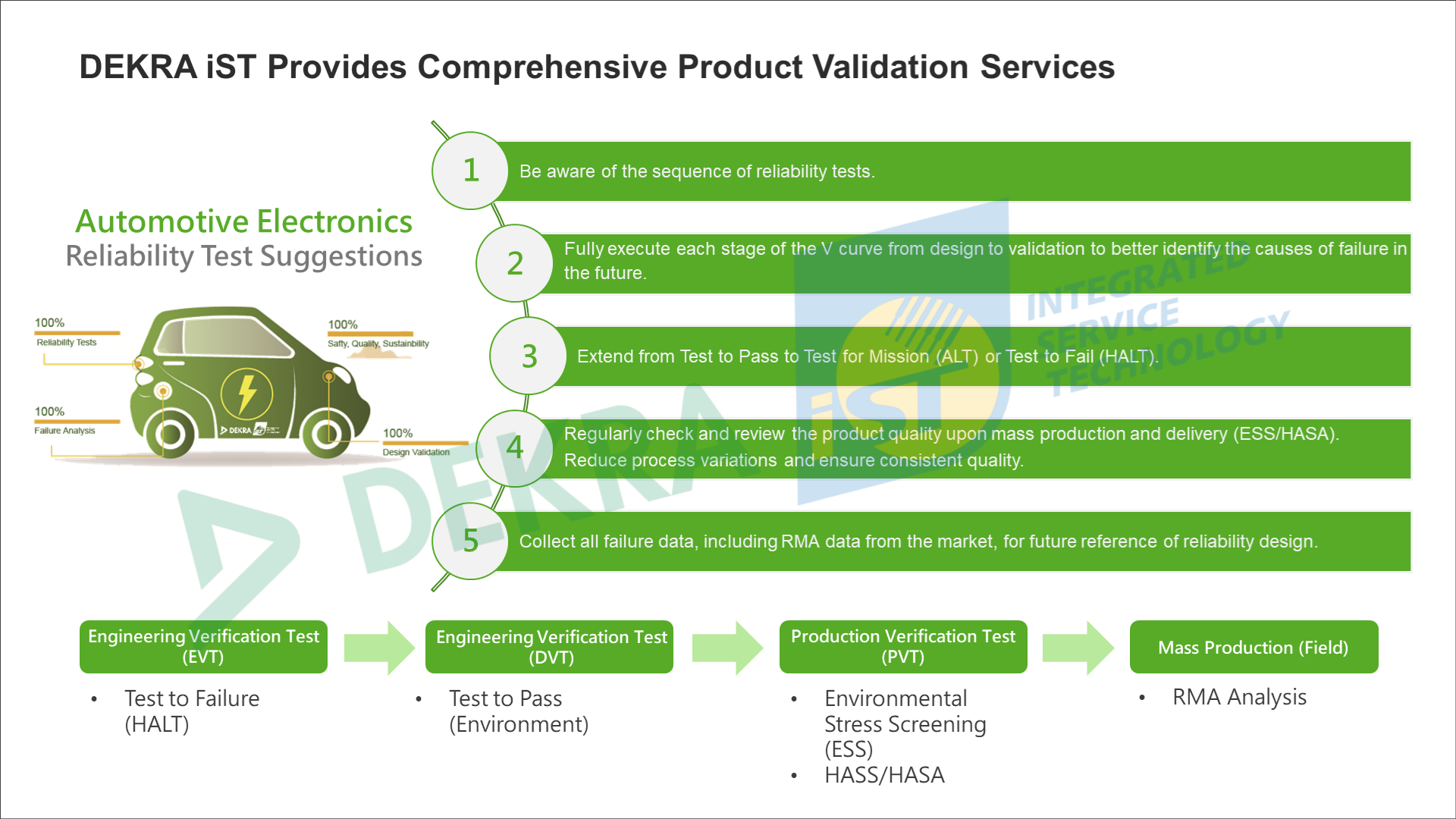
Figure 3: Provides comprehensive product validation services (Reference: DEKRA iST)
In the validation of automotive products, safety is the first priority. Unlike the existing thinking of the consumer electronics industry, the requirements for quality and reliability must be more stringent. American car manufacturers especially request high accelerated life testing (HALT) to spot the design defects through testing to failure, improving the defects in the design verification phase. European/ American car manufacturers and tier 1 providers are concerned about product lifecycle as well, so they utilize statistics models to devise testing plans. Asian players validate product quality by long-hour electrochemical tests instead of acceleration. It is thus obvious that car manufacturers across the global share the same purpose – high quality, high reliability, and long product lifecycle. They should be prepared to put more efforts and show their perseverance in an array of tests along the journey of vehicle making.
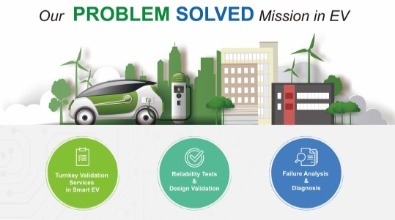
To make all your PROBLEMS SOLVED, we provide professional consultant and service.
For more information or service, please feel free to email to 📧 sos@dekra-ist.com




